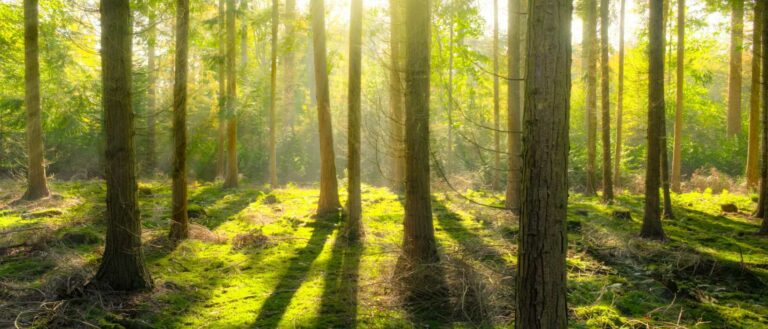Tree Planting
Our members want to know two things when it comes to tree planting. Are the trees being planted and are they making a difference? The answer is yes to both!

Trees to Restore Land and Sea
Tree funds are evenly distributed to 3 tree projects: Mangroves, Agroforestry and Kelp

Mangroves
After planting 400k in Madagascar, we now plant Mangrove trees in Kenya. The fast growing super CO2 absorbers bring a lot of life and positivity.

Agroforestry
Agroforestry brings prosperity and food to a community, giving landowners in Rwanda more reasons to plant more trees, creating a brighter future for all.
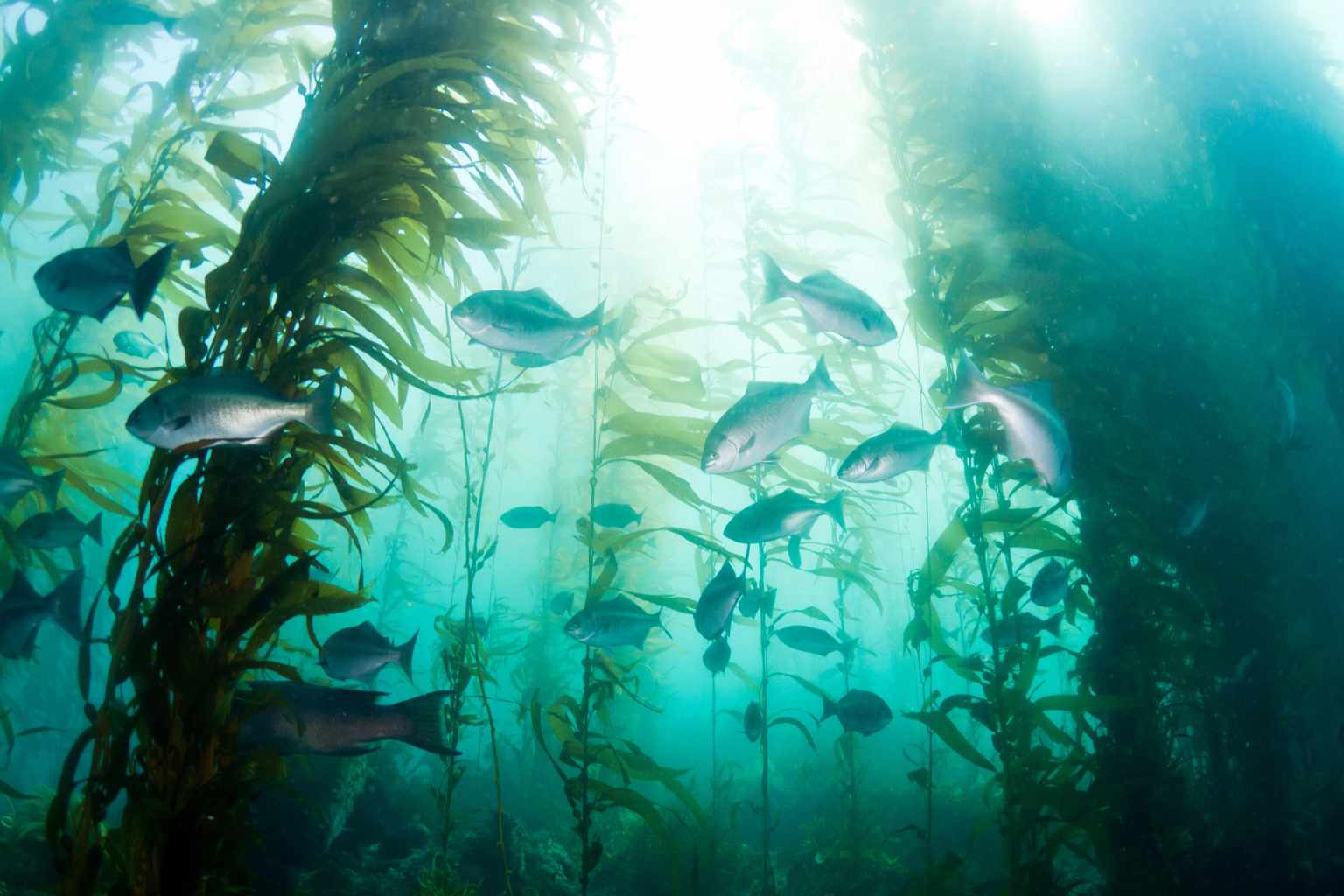
Kelp
Planting Kelp in the seas around Canada will capture and store carbon dioxide and support growing sea life in 'blue carbon ecosystems'.
Tree Planting Reports
We produce regular tree planting reports that contain photos, videos, and details of each planting site.
As an act of complete transparency we also publish all purchase receipts for each and every tree.
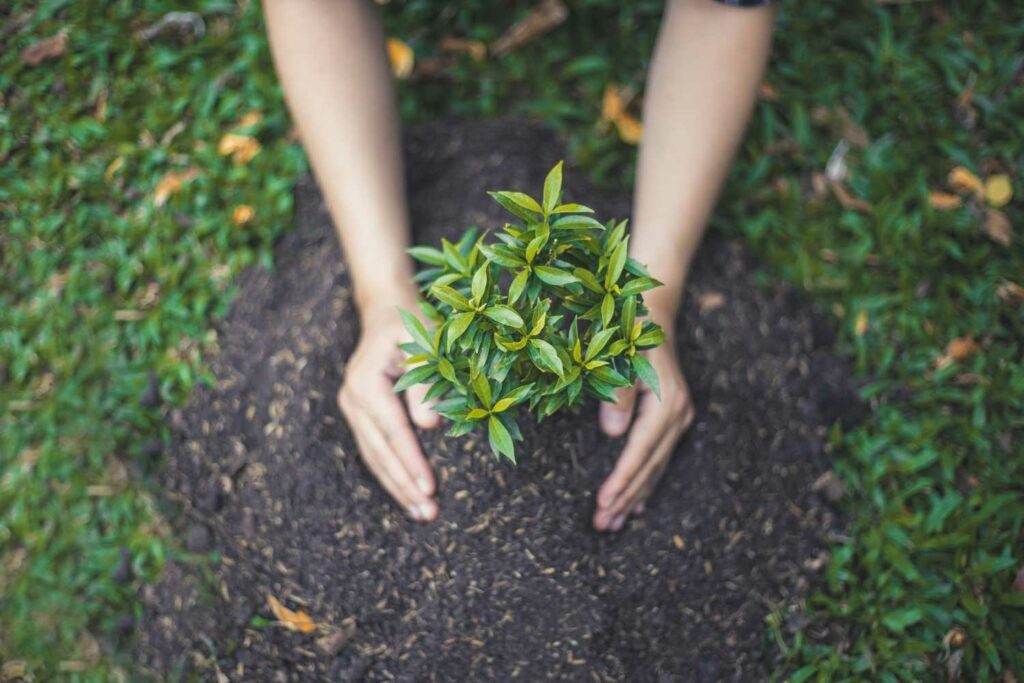
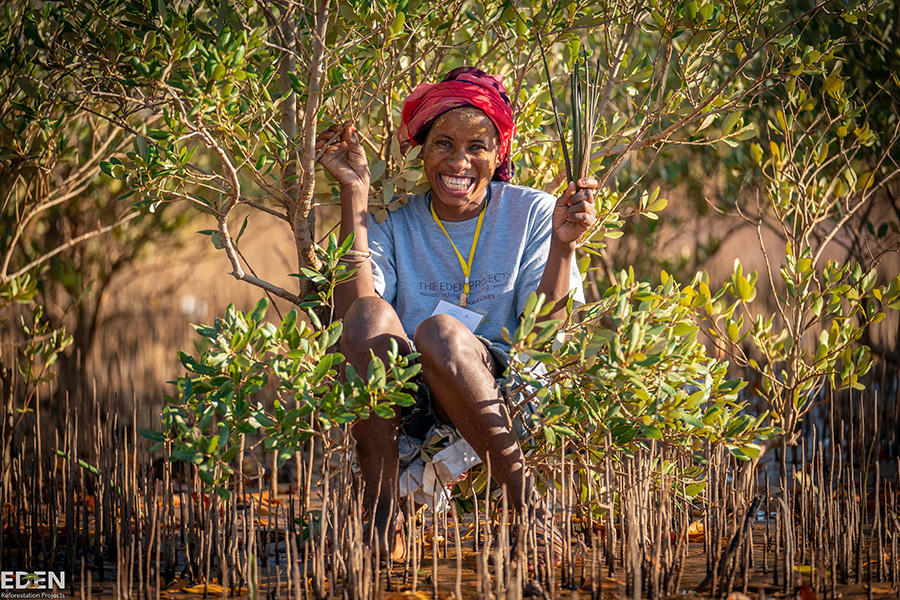
Veritree
Plant verified trees to mitigate climate change, enhance biodiversity and restore ecosystems. They bring a higher standard of planting

Transparency
Every tree will be accounted for on the Veritree Dashboard, Play It Green Impact page and our open accounts at companies house

impact
The projects provide income to the local communities whilst protecting biodiversity, mitigating climate change, and more

UN SDGs
The tree planting supports 10 of the 17 United Nations Sustainability Development Goals. Become part of the global solution

Blockchain Transparency
We now use blockchain technology to help us gather ground-level data and manage projects more effectively.
This ensures no double counting of trees, ongoing tracking and measurement of every tree and a higher level of transparency to our projects.
Ground Level Visibility
With planters using phones, tech and blockchain Play It Green will get more data and images then ever before on the sites.
This greater transparency ensures members get ground-level visibility, verification and impact data to show the impact of every project.


Kenya, Canada, Rwanda , Madagascar
We now plant Mangroves in Kenya, Kelp in Canada and Agroforestry trees in Rwanda. A diverse portfolio of land and sea restoration activity.
Play It Green diversified its projects to help ‘repair the planet’ after planting exclusively in Madagascar before 2024.
Job Creation
The tree planting projects help create jobs, support local communities and help break the poverty cycle.
For instance, direct jobs are created to plant and protect the mangroves in Kwale, Kenya. Then the restored biodiversity-rich areas provide sustainable fishing grounds and thus more jobs.

Social Impact of Trees
Play It Green planted 400k trees with Eden between 2021-23. Check out this video that shows how the employment created positive social impact
Play It Green 3 Step Solution
Planting Trees is step 2 of our 3 step solution #reduce #repair #regive
The Science
Trees absorb CO2, the main greenhouse gas causing global warming and climate change.
Trees do a great deal of good and here we’ll explore the science and surrounding terminology.

Rebalancing Value of 1 Tree

1 Tree
Rebalances 0.1 Tonnes CO2
within 10 years
Planting a tree with Play It Green has an offset value of 100kg (0.1 Tonnes) of CO2 per tree.
This is the average amount of CO2 one tree planted with Play It Green will absorb within ten years.
Trees will absorb a lot more CO2 after this period. Indeed studies show a tree will absorb 1 Tonne of CO2 over its useful lifetime and one tree stores on average 22kg of CO2 per year.
Play It Green want any rebalancing initiative to have short term benefits, hence the reason for rebalancing within ten years. It would not be right to plant 4 trees to rebalance a flight however in reality it is only rebalanced after 30 years!
How Do Trees Fight Climate Change?

Trees Absorb CO2
Trees absorb the main greenhouse gas Carbon Dioxide and are natures carbon sink. Helps removes the extra CO2 caused by human activities.

Greenhouse Gases
Greenhouse gases trap heat in the atmosphere, and cause global warming, the main cause of climate change. We are now emitting too many.
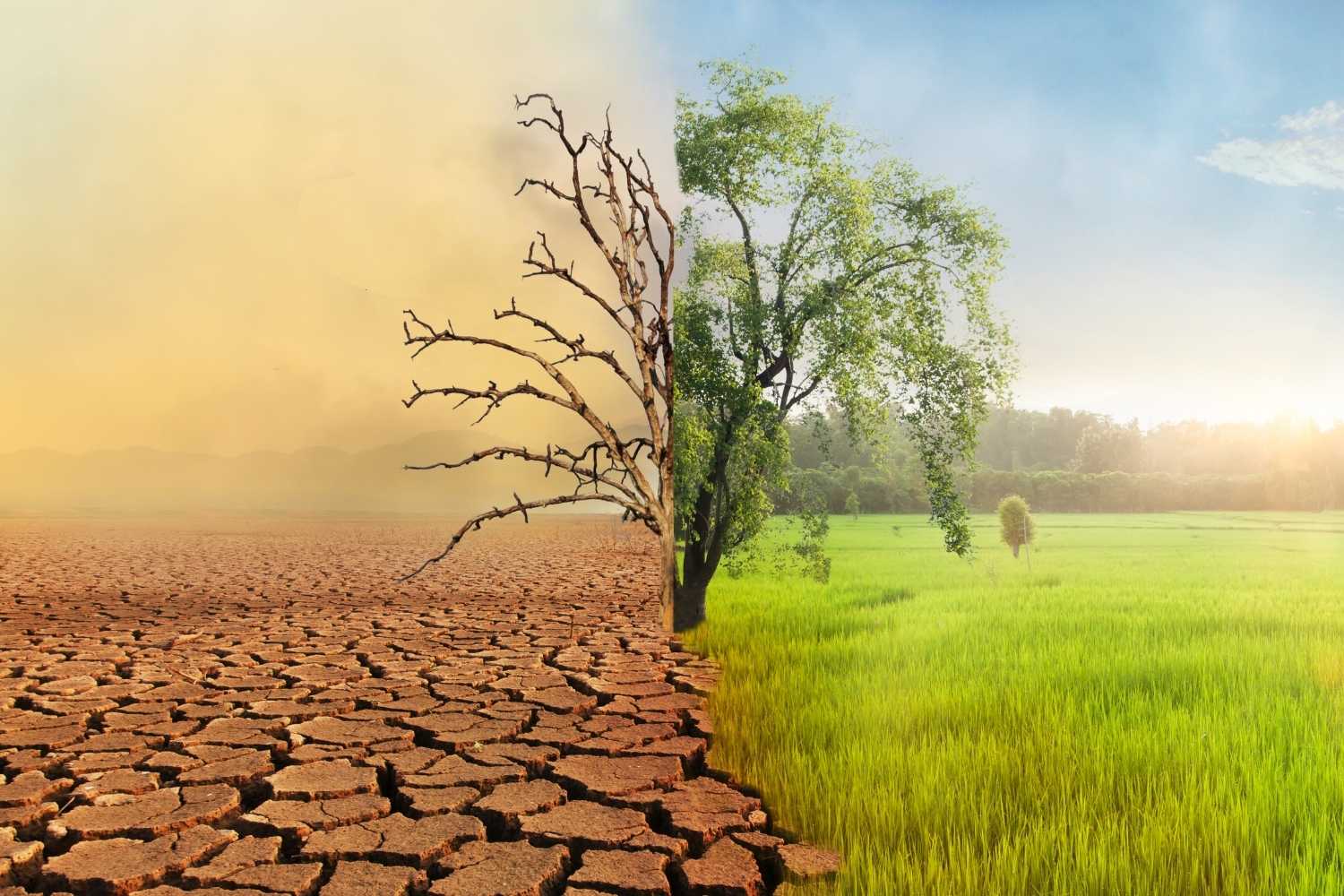
Climate Change
Climate change is the long-term shifts in temperatures and weather patterns, mainly caused by human activities, especially the burning of fossil fuels

Carbon Footprints
A carbon footprint is the total amount of carbon dioxide and other greenhouse gases emitted over the full life cycle of a product service or event.
Mangrove, Agroforestry and Kelp Science
Mangroves grow quickly and absorb a lot of CO2 compared to other trees. This Mangrove study shows they would absorb 123kg of CO2 in a ten year period and a lot more thereafter.
The Forest Landscape Restoration (FLR) Carbon Storage calculator shows trees planted for Agroforestry absorb less CO2 than Mangroves. Averages are used as a variety of trees are planted within Agroforestry and very much farmer and location led. This study shows popular trees used for Agroforestry in East Rwanda include Mango, Grevillea, Senna, Avocado and Eucalyptus trees.
Kelp is a type of seaweed that can grow 2 feet a day. Kelp grows along the coastline in forests of long ribbons. A study by Harvard University states kelp forest can absorb 20 times more carbon dioxide than the same area of land forest. As a solution to absorbing greenhouse gases it has been dubbed a miracle plant.
Subscription Science
Every £5 in a subscription plants 10 trees per month as well as lots of footprint reduction support and giving to charity.
Planting ten trees per month will absorb more CO2 than the average person causes i.e. their carbon footprint.
The average carbon footprint of a person in the UK is 10 Tonnes per year.
Every 3 trees planted with Play It Green will plant 1 tree for Agroforestry in Rwanda, 1 Kelp tree in the seas of Canada and 1 Mangrove tree in Kenya. We use averages as carbon absorption rates vary due to the type, age and location of the tree.




